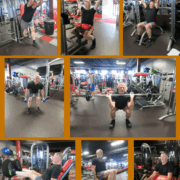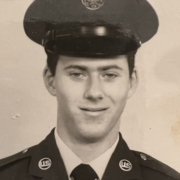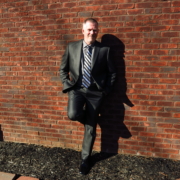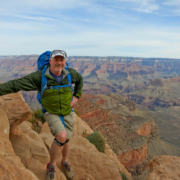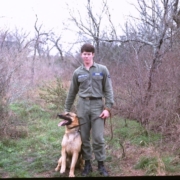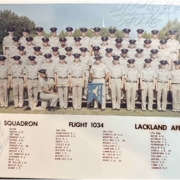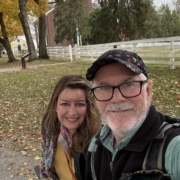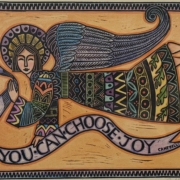2026 Resolution: Go Big or Go Home | Healthy Aging Series: S12 E13
My first two years of high school were a complete failure. Zero motivation. I wasn’t a smartass or anything, I just didn’t care. I remember sitting in the back of Miss Miller’s Spanish class and flipping nickels with my friend, Don. I didn’t learn a thing. I did just enough to pass. My grade point…

